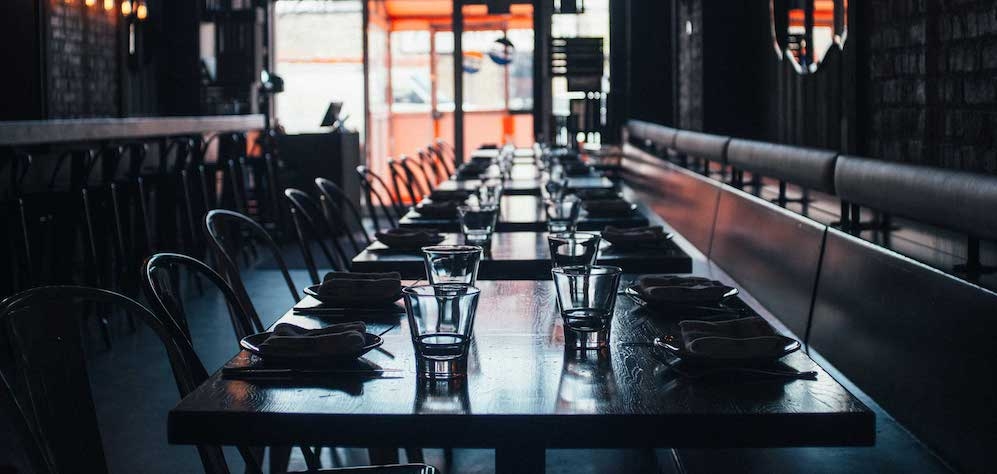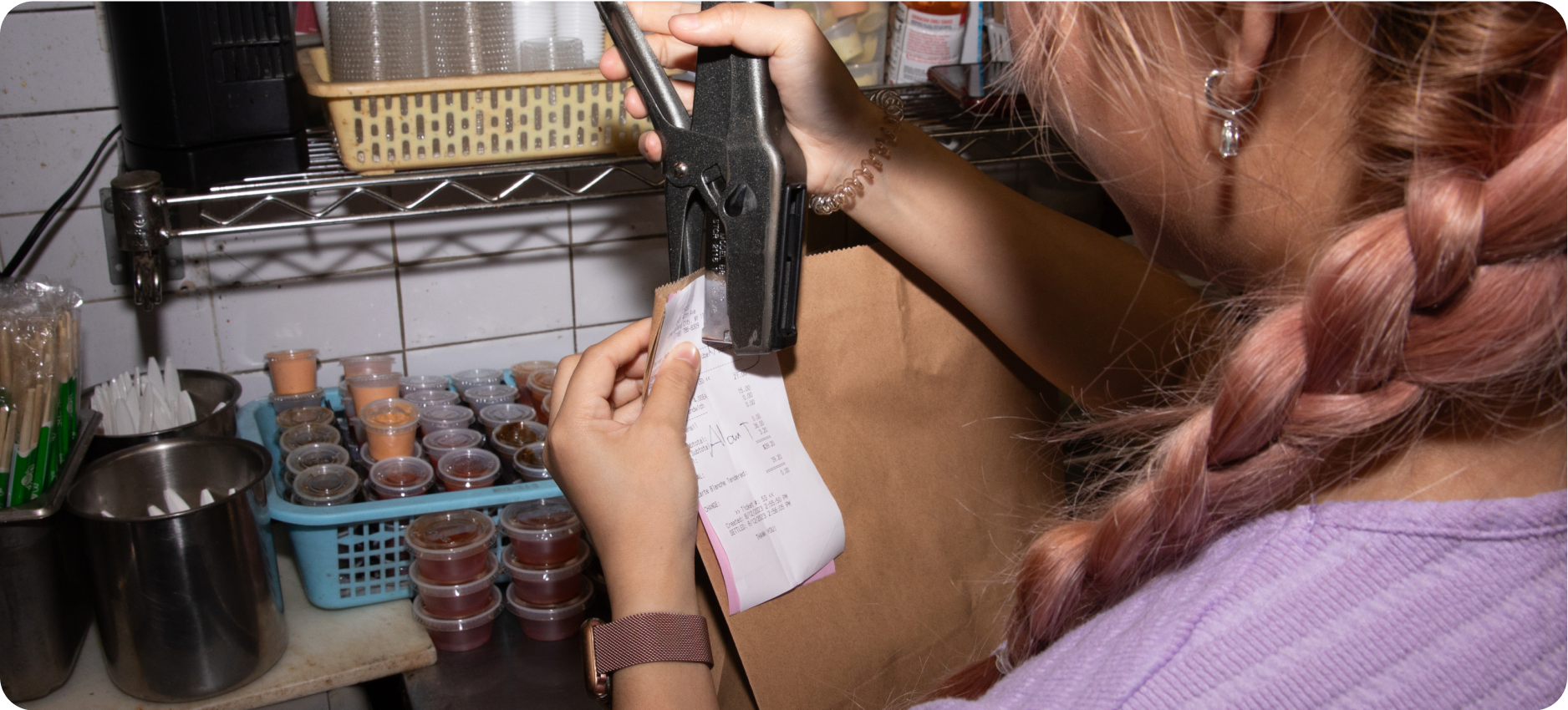Waitr’s Recent Struggles Expose the Instability of Commission-Based Delivery Apps

Waitr is one of the many third-party delivery marketplaces that’s been in the news lately for less than flattering reasons. The Lake Charles, Louisiana-based online ordering and delivery app saw its stock price plunge, lost its CEO and CFO recently, and has even been the subject of boycotts by restaurateurs and customers. This turbulence is a warning sign for restaurants that have invested all their money and hopes in a commission-based third-party online ordering app.
What’s happening with Waitr?
2019 has been a very busy year for Waitr. In January, it completed a roughly $323 million acquisition of Minneapolis-based Bite Squad, nearly doubling its size.
Early this summer, Waitr then embarked on a round of layoffs and introduced a controversial “performance-based rate structure” for its partnered restaurants. In this framework, restaurants are charged commissions between 15% and 25% based on how much they sell through Waitr’s platform, with restaurants making the least being charged the highest rates.
Reflecting on these price changes, one Louisiana restaurateur commented, “We’ve been with Waitr for several years now, and they started off at about 3.5%, but then bumped to 7%, and now it’s going to be 22.5% for us.”
Download our case study to see how a restaurateur saved over $100,000 in third-party marketplace fees by switching to ChowNow.
Along with this unsustainable commission structure, Waitr implemented other policies that have frustrated restaurateurs. According to The Advocate, “The new terms prohibit restaurants from charging a higher price for food ordered through Waitr than regular, in-restaurant transactions…It also prohibits restaurants from using photos taken by Waitr for any purpose.”
Speaking about the photography terms, one restaurateur explained, “They took the picture, but I paid them $1,400 to come in and do it. They’re making you pay for photos they own the rights to.” These policy changes led both restaurateurs and consumers to briefly boycott the company in July.
In the following months, founder Chris Meaux stepped down from his CEO position. This was followed by the departure of Waitr’s president, chief financial officer, chief operating officer, and two members of its board of directors. All in all, the company has lost 95% of its stock value since the spring.
In early November, Waitr announced that it is ceasing operations in 38 markets—almost half of their footprint. Sadly, it’s also laying off an estimated 200 to 300 employees, including the majority of the staff at Bite Squad’s former headquarters in Minneapolis and about 20% of Waitr’s employees in its Louisiana headquarters. According to The Advocate, “Waitr eliminated all employees in the menu, photography and account management departments and ‘significantly’ reduced the size of its acquisitions team.”
Update as of January 17, 2020: Waitr has again changed its pricing structure, at least for certain restaurants. According to The Advocate, Waitr sales representatives have been reaching out to restaurants about new rates that are “pitched as being necessary for Waitr’s profitability and survival in a way that implies restaurant owners must agree to the new terms to continue doing business with the delivery company.”
One restaurant owner told the newspaper that his old rate under Waitr’s “performance-based” structure was 15%. He signed a new agreement on January 10 that commits him to a 30% commission fee on top of a 3.1% credit card processing fee and a $0.30 transaction fee for his Waitr orders.
Update as of January 28, 2020: The Advocate reports that “dozens” of employees were laid off this week, marking Waitr’s third round of layoffs within the past 12 months. At the same time, company has announced that it will keep 150 jobs that were previously going to be outsourced to Mexico. Part of its restructuring plans seem to entail consolidating operations and closing offices in multiple markets.
Update as of February 21, 2020: Waitr is planning on laying off over 2,700 drivers. According to WSFA, the company will be restructuring its driver employment model, transitioning its couriers from a W2 hourly system to a contract-based one.
This is part of a larger trend for commission-based marketplace apps.
Waitr isn’t the only third-party, commission-based delivery company that has been struggling lately. Grubhub’s stock price fell 40% in one day recently after its leadership team admitted that competition is growing worse. The Chicago-based giant is even reworking its restaurant partner acquisition strategy in response to this pressure. Meanwhile, Uber Eats still isn’t profitable, and may not be until 2024. In fact, its losses have grown by 67% in the past year.
Why are these third-party apps’ finances so shaky when they charge restaurants up to 40% of each order? Part of the answer is increasing competition: Venture capital money has artificially supported the rapid growth of businesses like DoorDash and Uber Eats, and the playing field has become crowded. These apps have spread throughout the United States by constantly using overly generous discounts to catch consumers’ attention. When they move into less densely populated areas, distances are longer and drivers are harder to find.
Hungry to add restaurants to their rosters, third-party marketplaces have been known to offer attractive sign-up terms and then quickly raise rates. This determination to grow at any cost means that restaurants’ needs aren’t prioritized. Small operators aren’t given the opportunity to strengthen their own brands or customer relationships. The increasingly prominent marketplaces have the data, the name recognition, and the digital connections to consumers, and restaurants don’t get a piece of the pie.
The fact is that the current model for third-party, commission-based delivery is unsustainable for both big tech and independent restaurants.
Get the full story about how third-party delivery apps are deceiving independent restaurants, stealing their customers, and eroding their profits by reading our ebook: 4 Myths About Third-Party Restaurant Delivery—Busted.
Where does this leave your restaurant?
Unfortunately, when third-party delivery companies start to falter, restaurateurs’ livelihoods are put at risk. If your restaurant has been building your customer relationships on the back of a third-party whose name and logo are front and center, what happens when that third-party disappears?
While smaller restaurants stand to lose more, high-profile chains aren’t immune from the collateral damage. Burger chain Shake Shack’s stock dropped by 20% due to concerns that its exclusive partnership with Grubhub would lead to lower sales.
If you own or operate an independent restaurant, it’s likely that you simply can’t afford the tens of thousands of dollars it would take to build and service your own online ordering system. However, you also can’t afford to ignore consumer demand. After all, 38 million US consumers used third-party delivery apps this year.
The wisest option is to work with an online ordering provider that prioritizes your restaurant. Your should stay in control of your customer relationships, own your data, and strengthen loyalty—instead of sacrificing it to a third-party. There are companies that will actually increase your profit margins by offering fair terms, expert advice, and a helping hand.
Not sure where to start? Read our guide to finding the best online ordering system for your restaurant, or just schedule a call with a ChowNow online ordering specialist.







